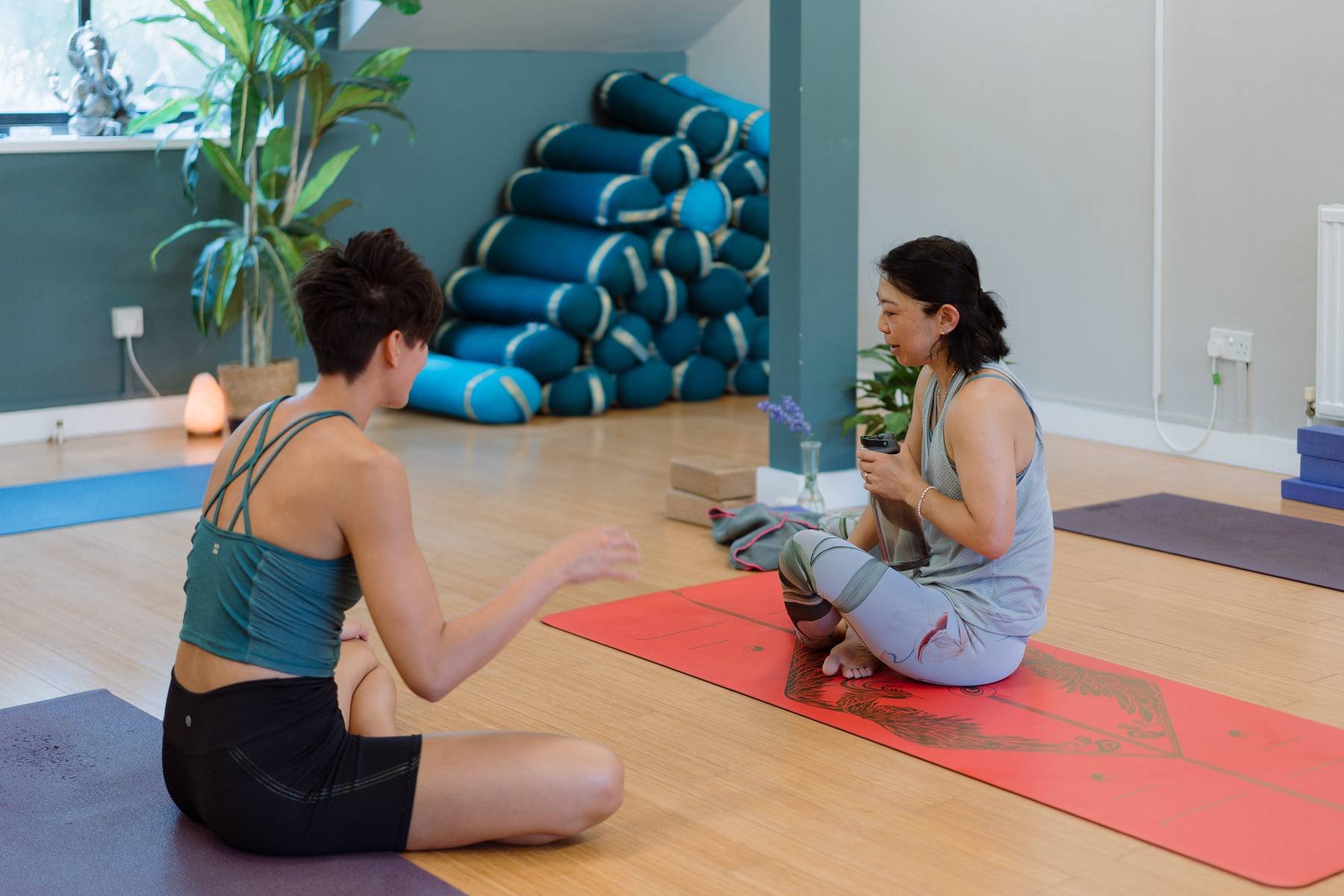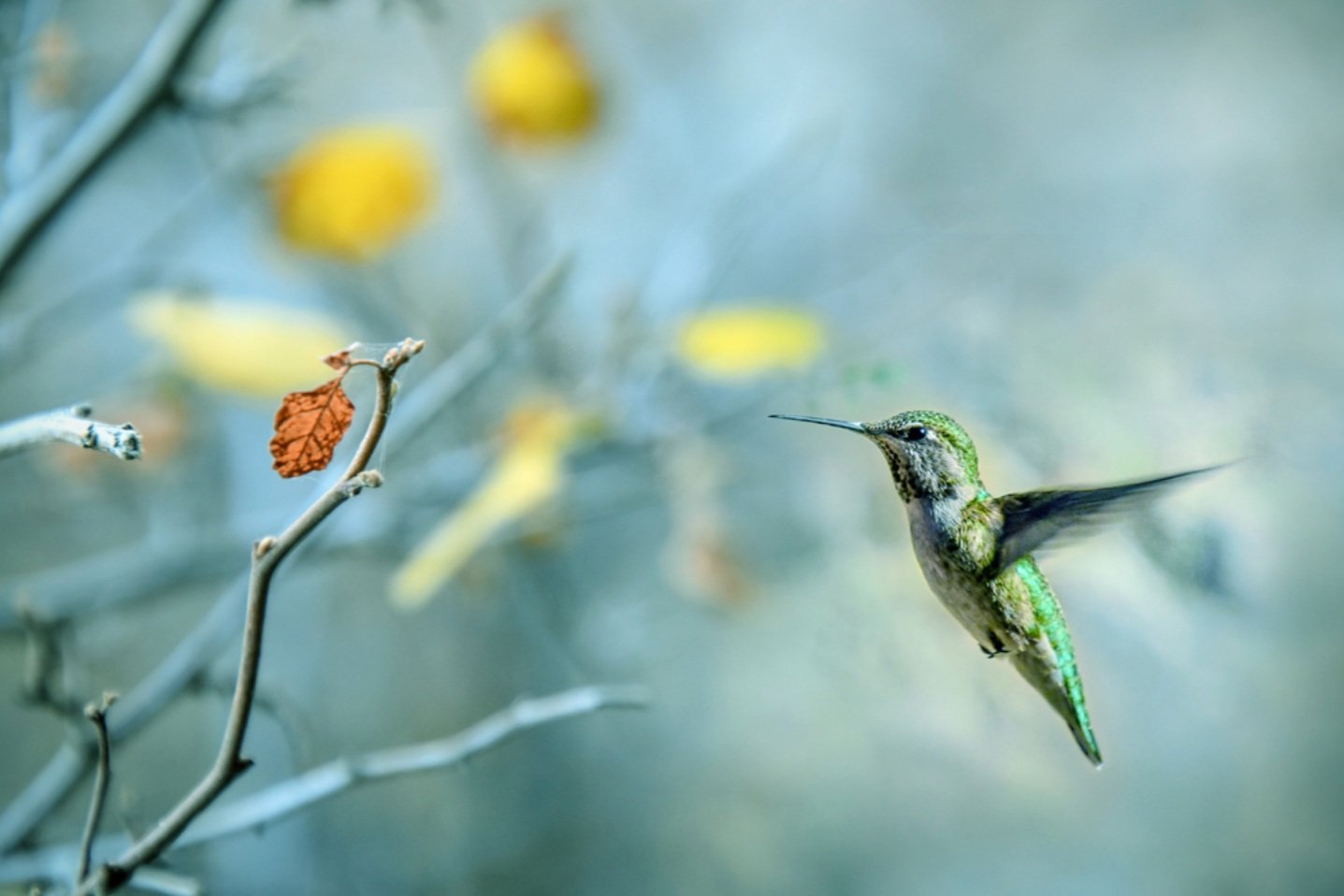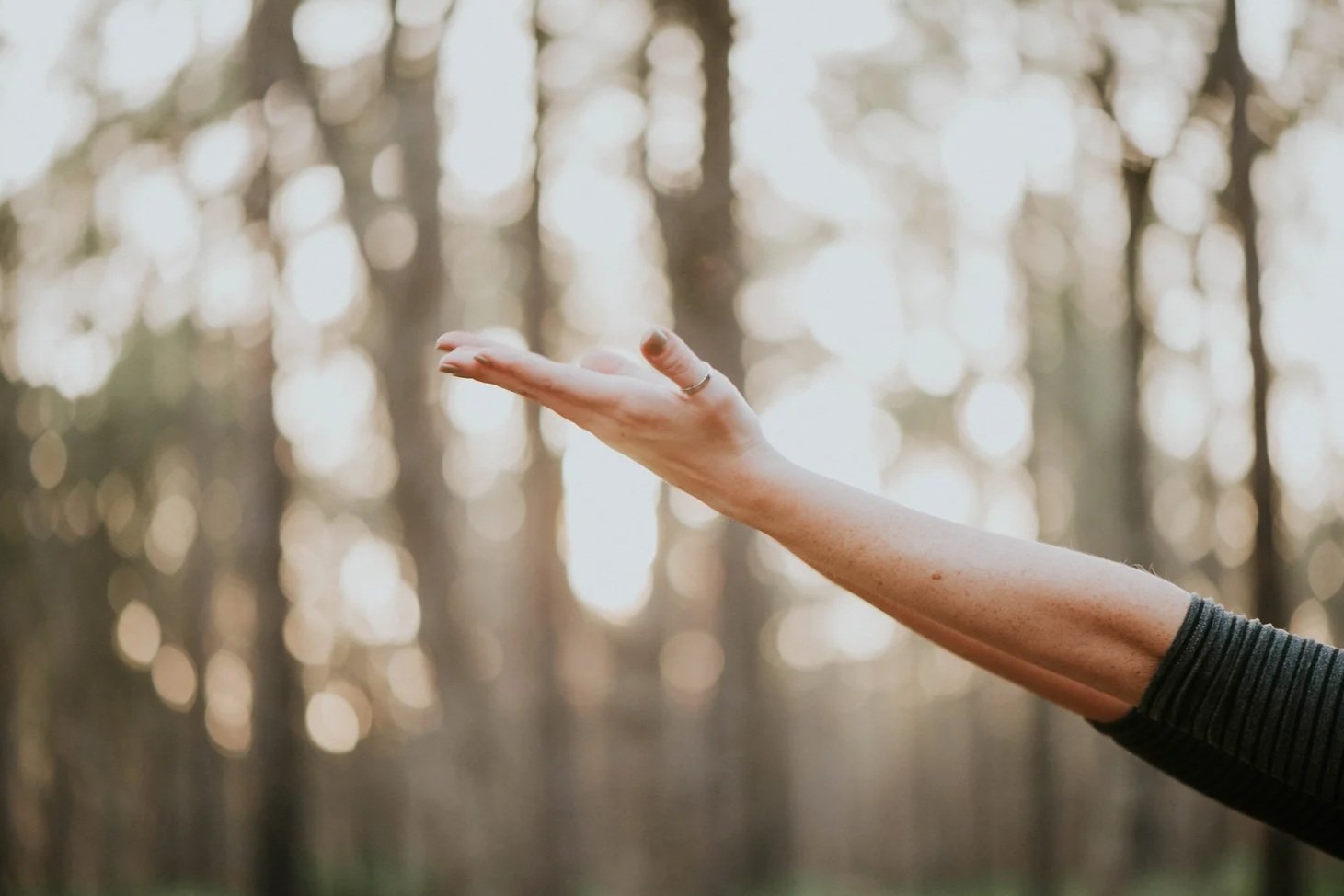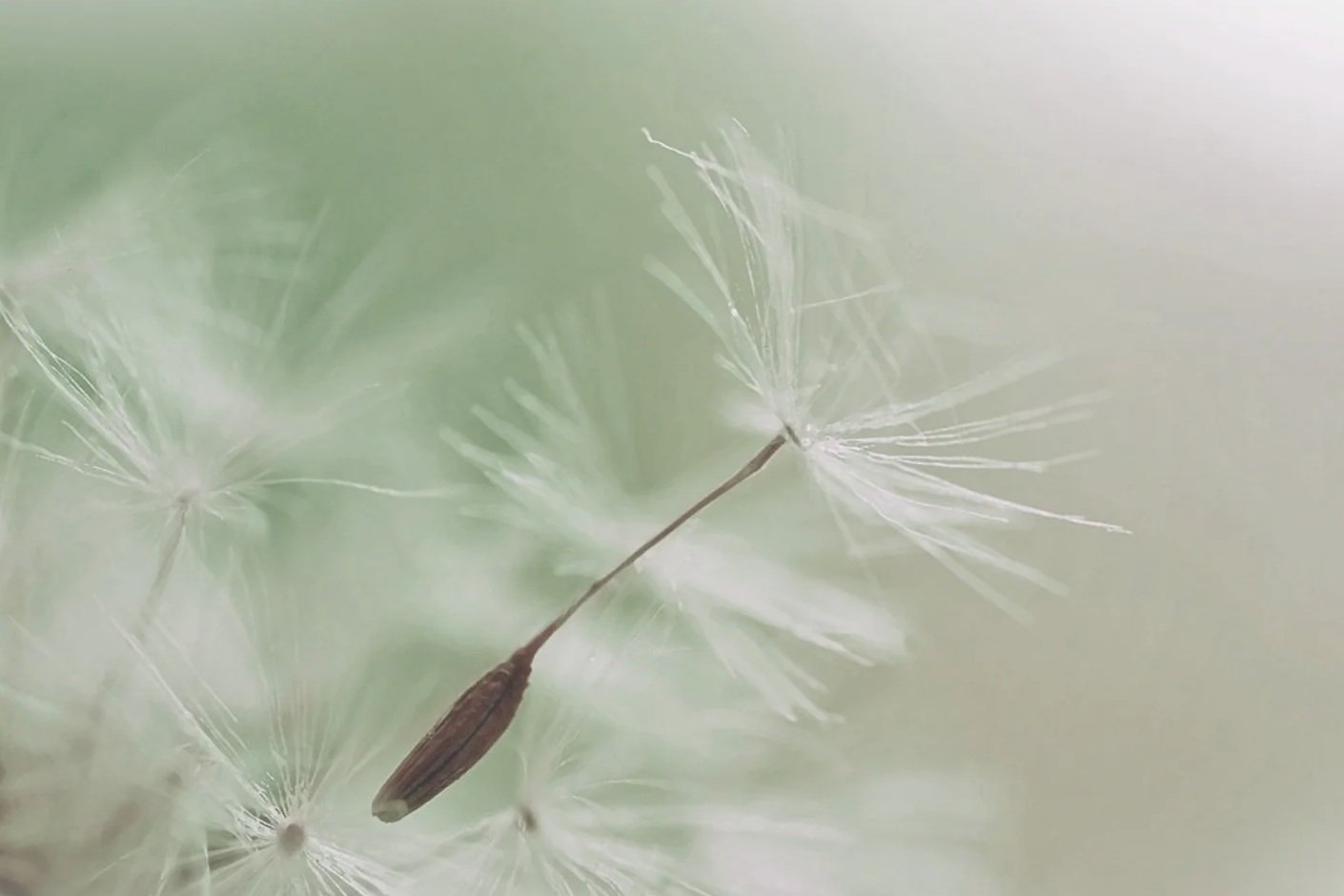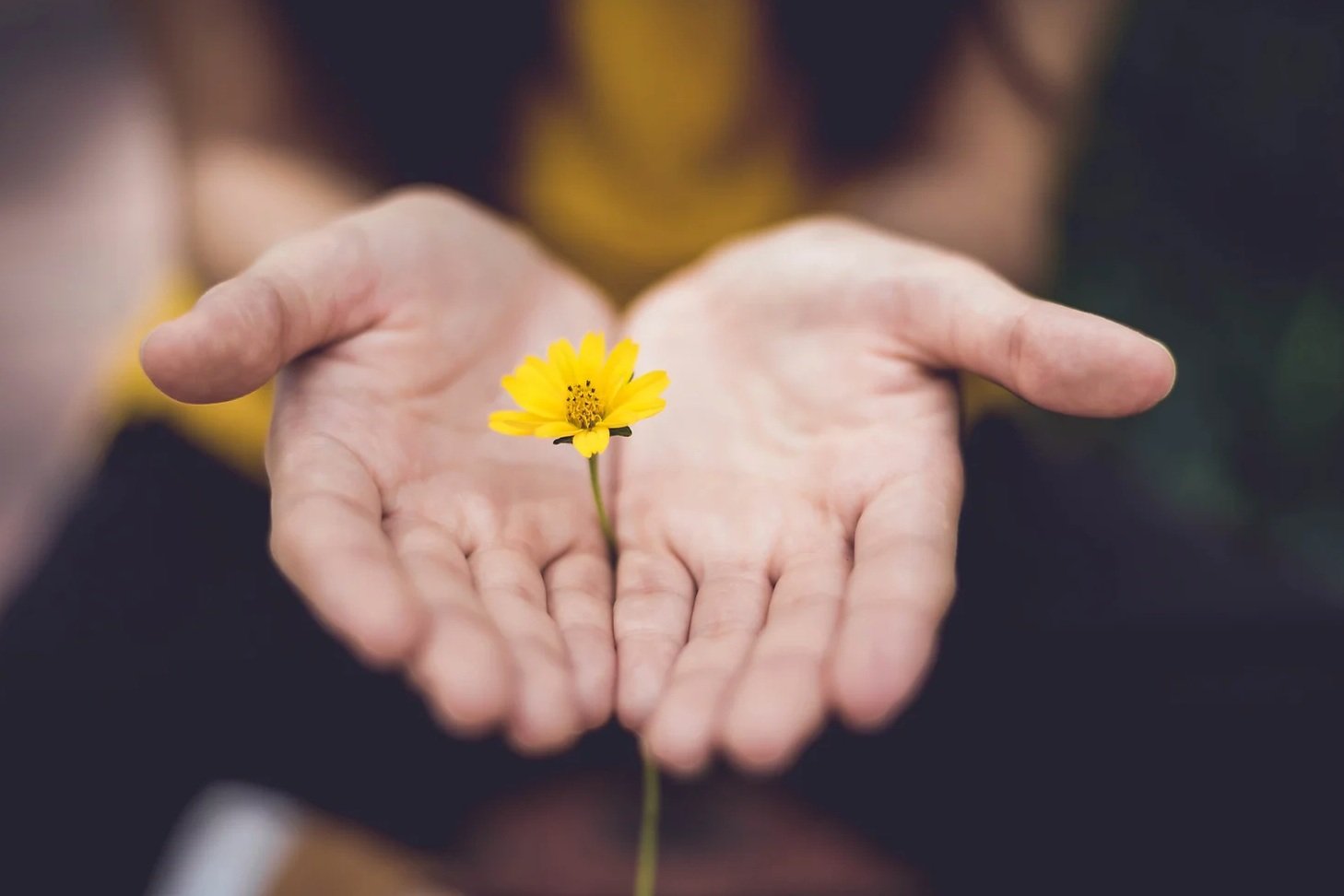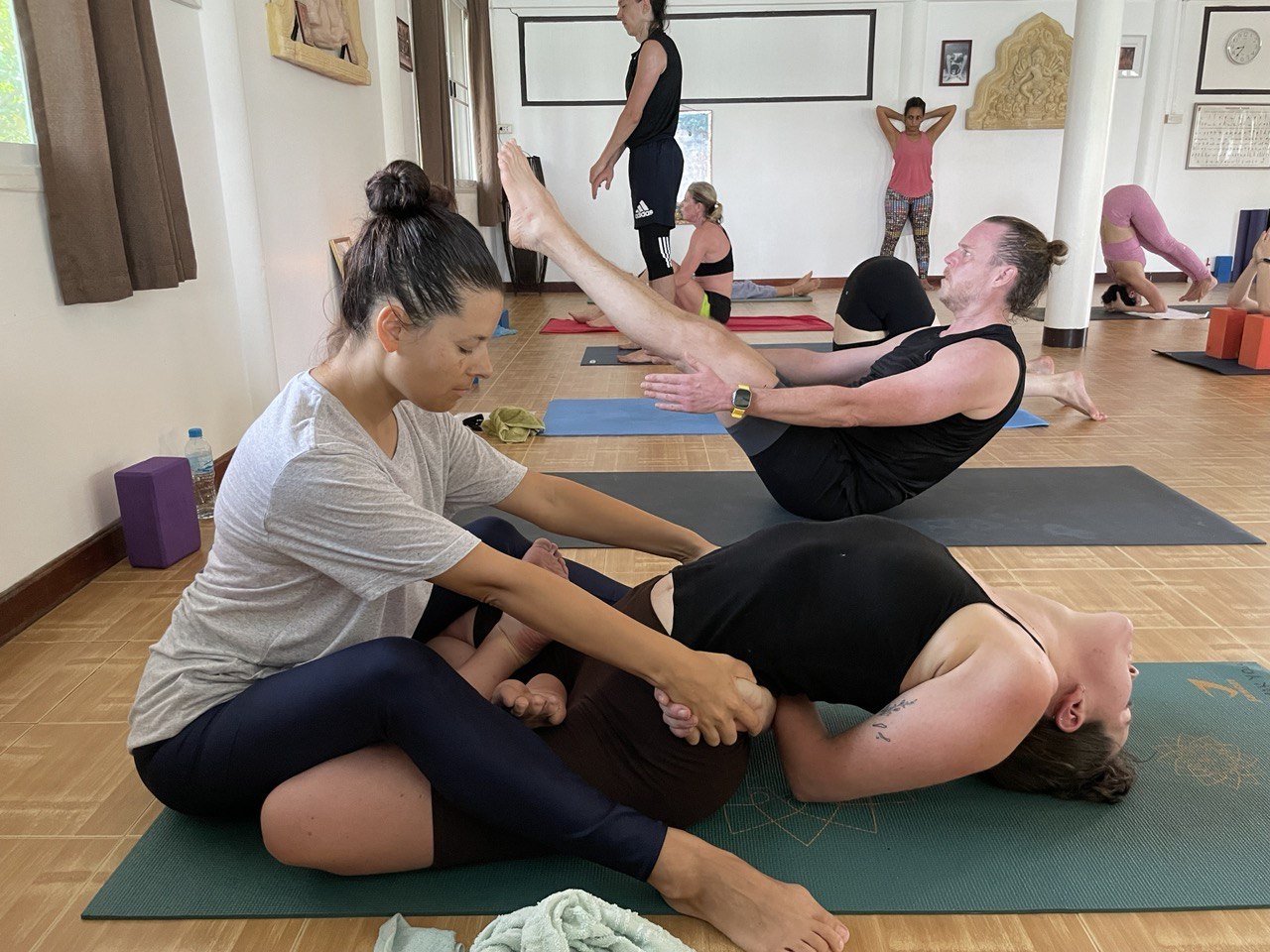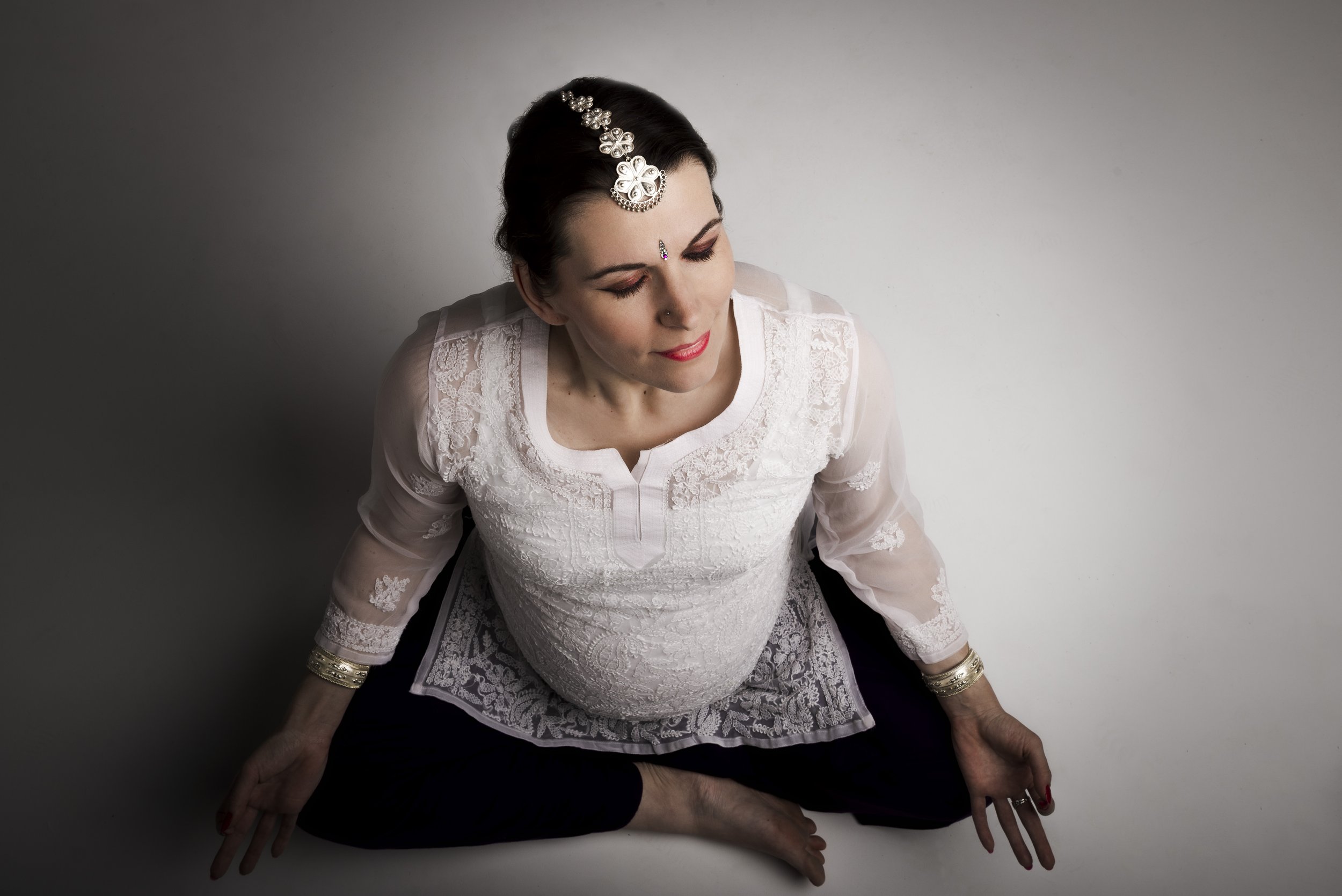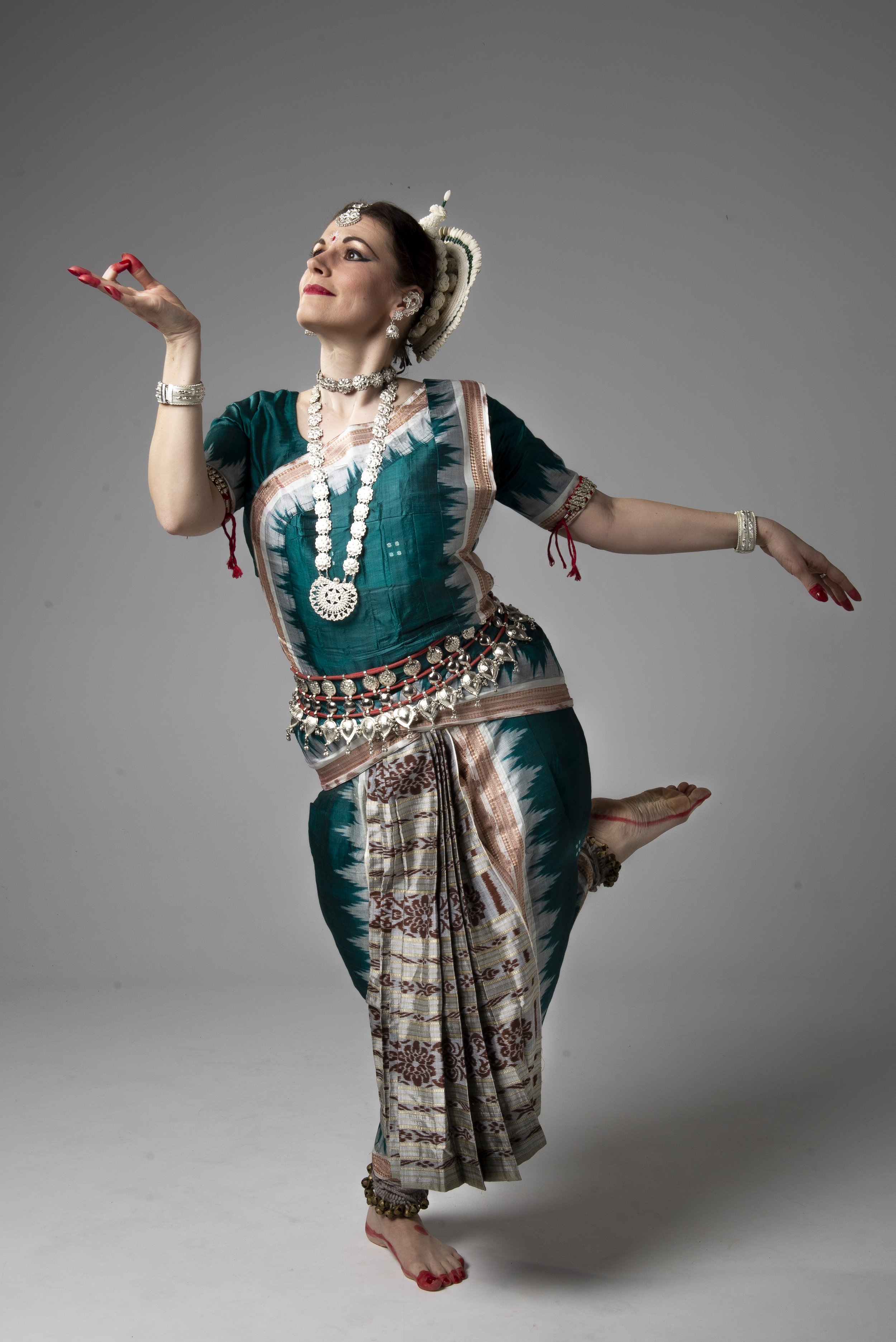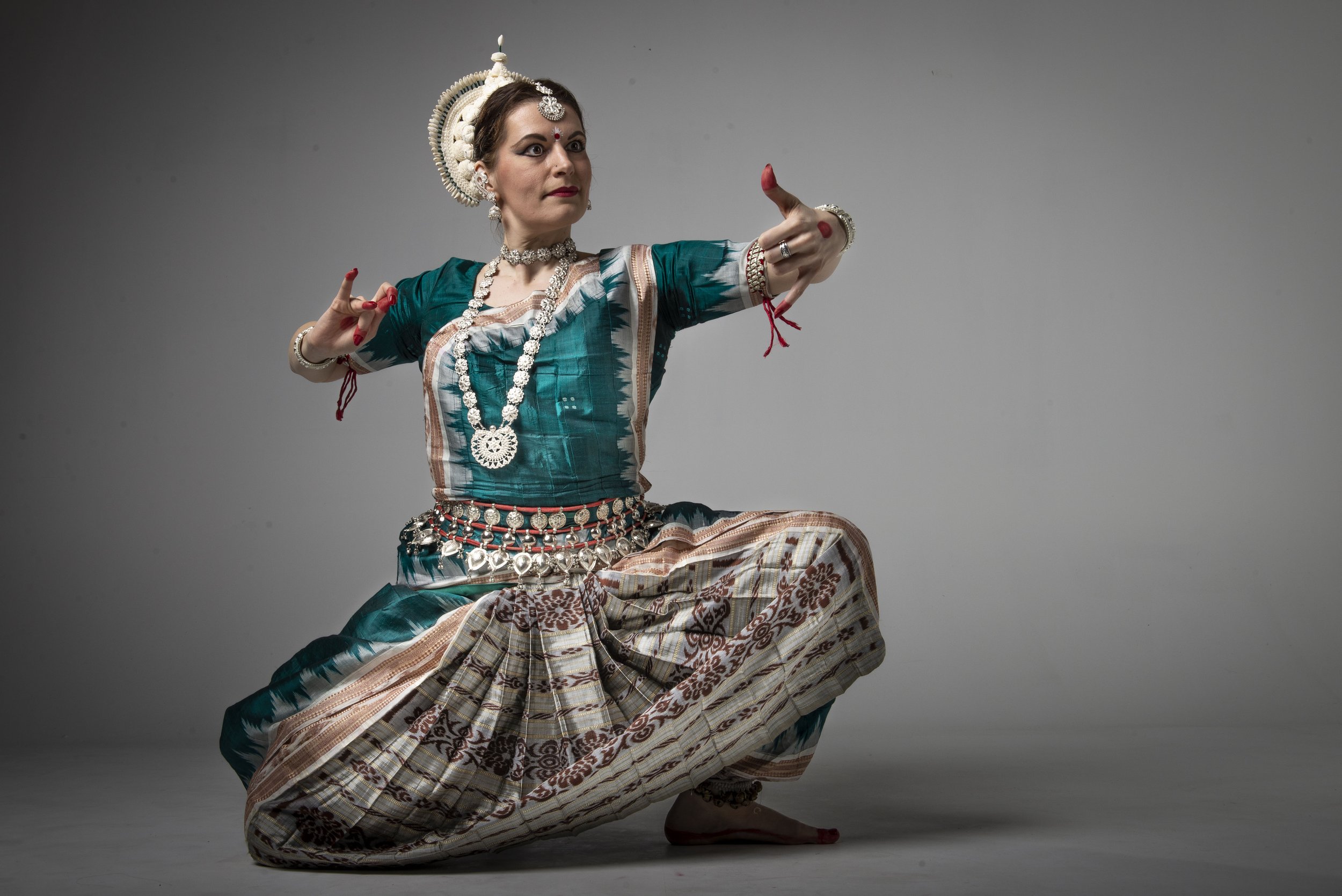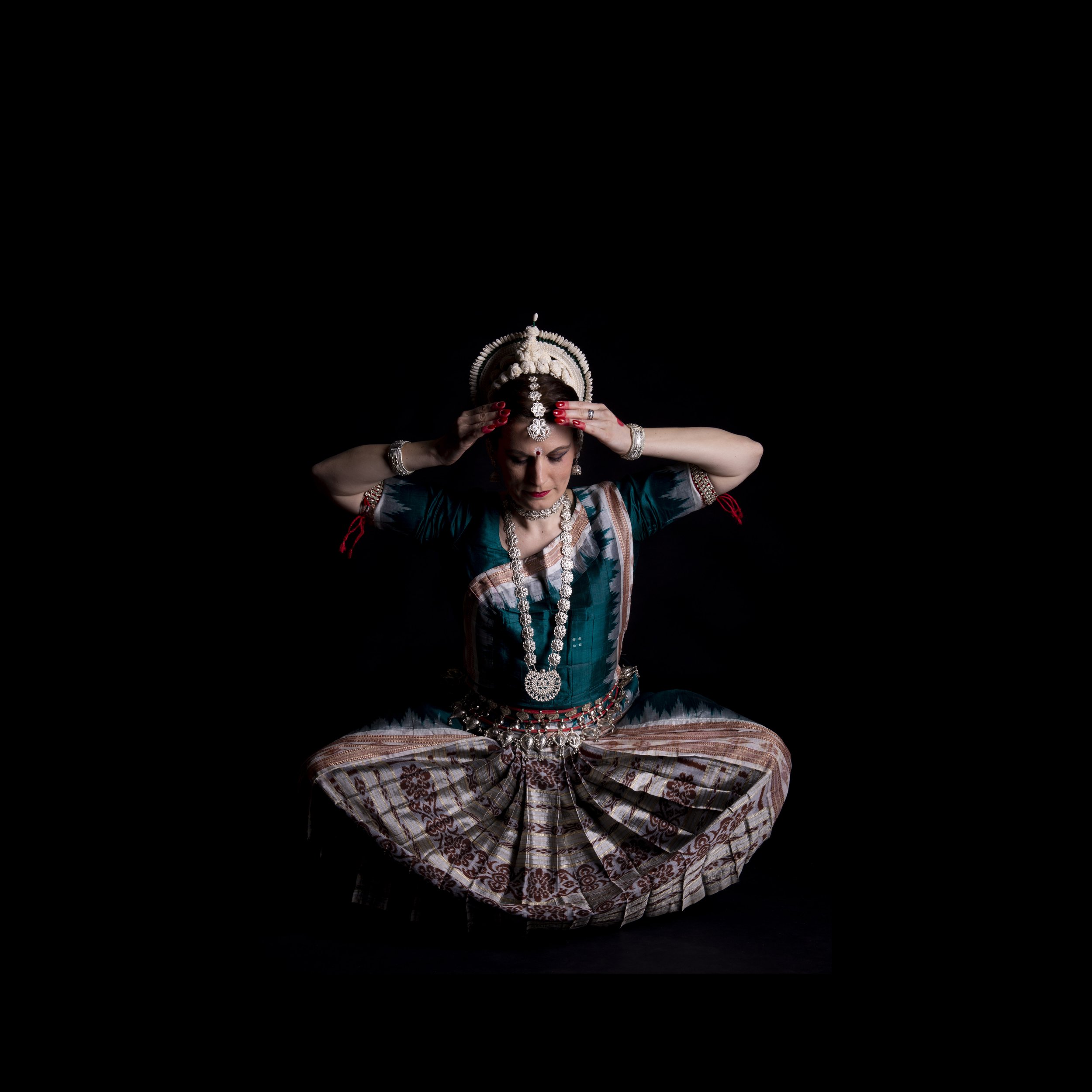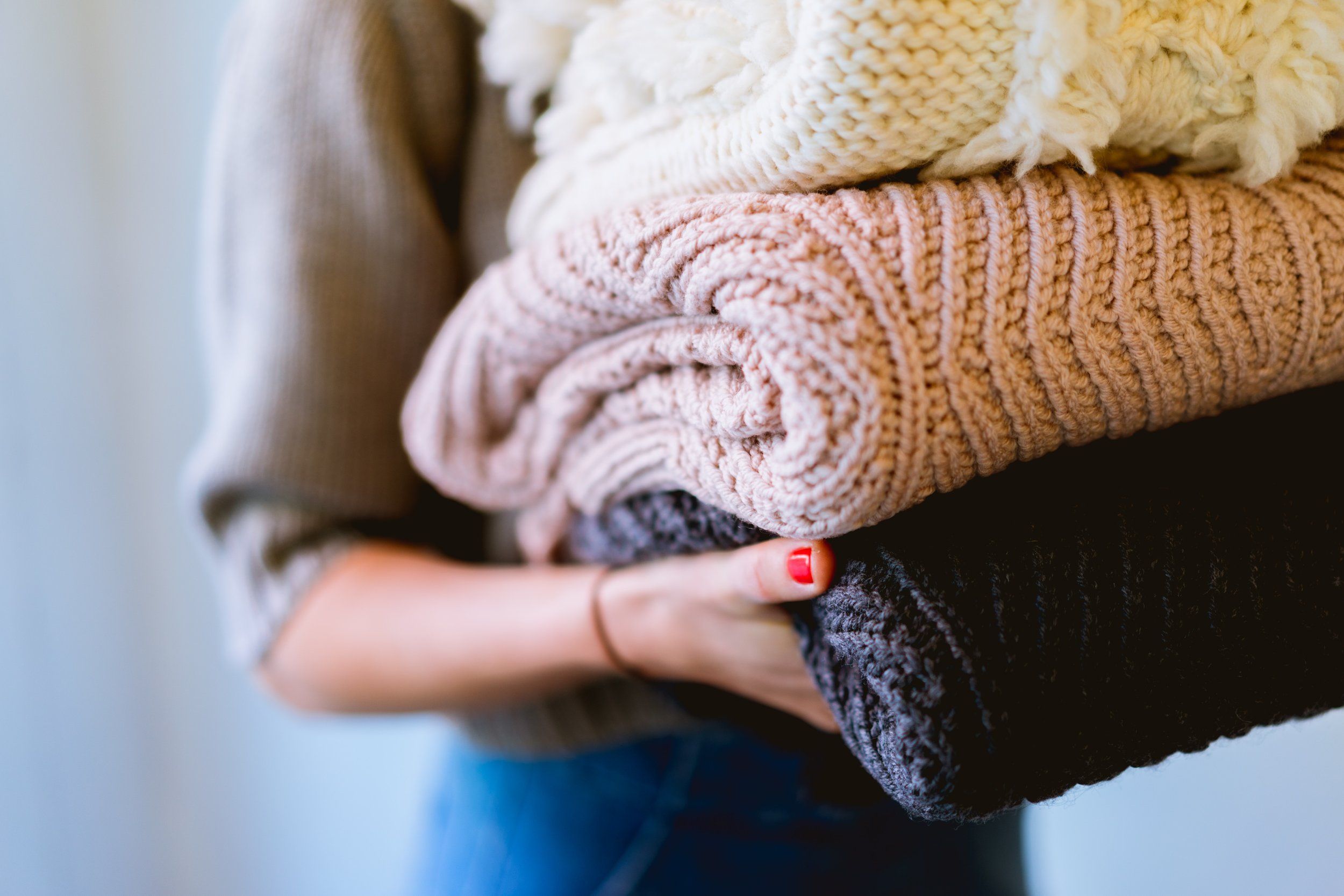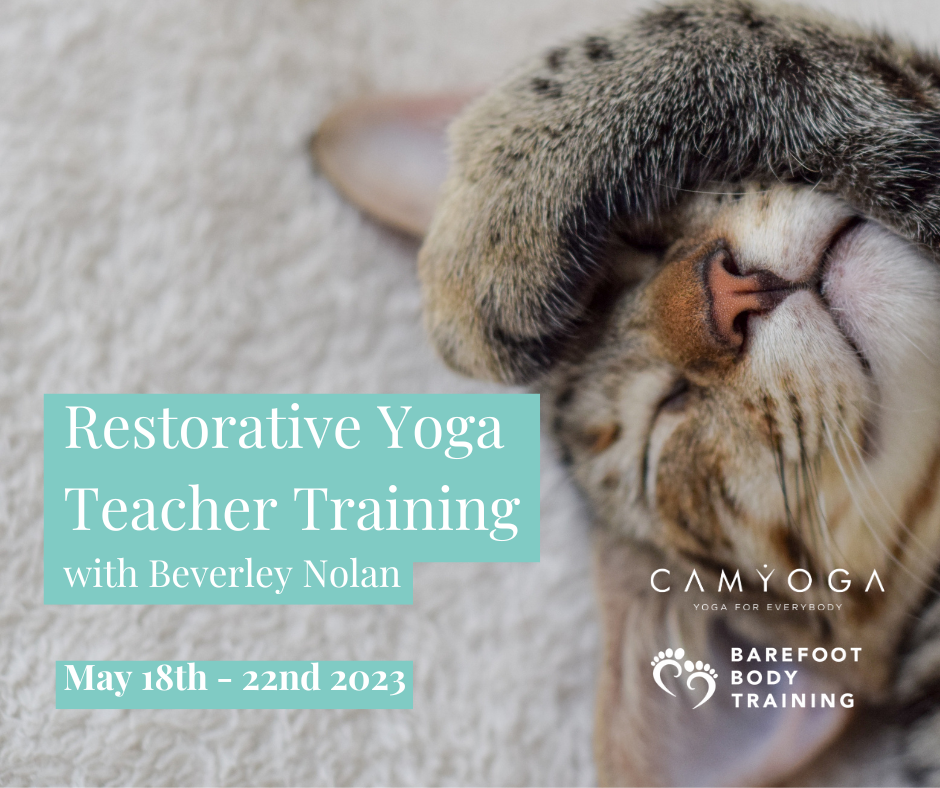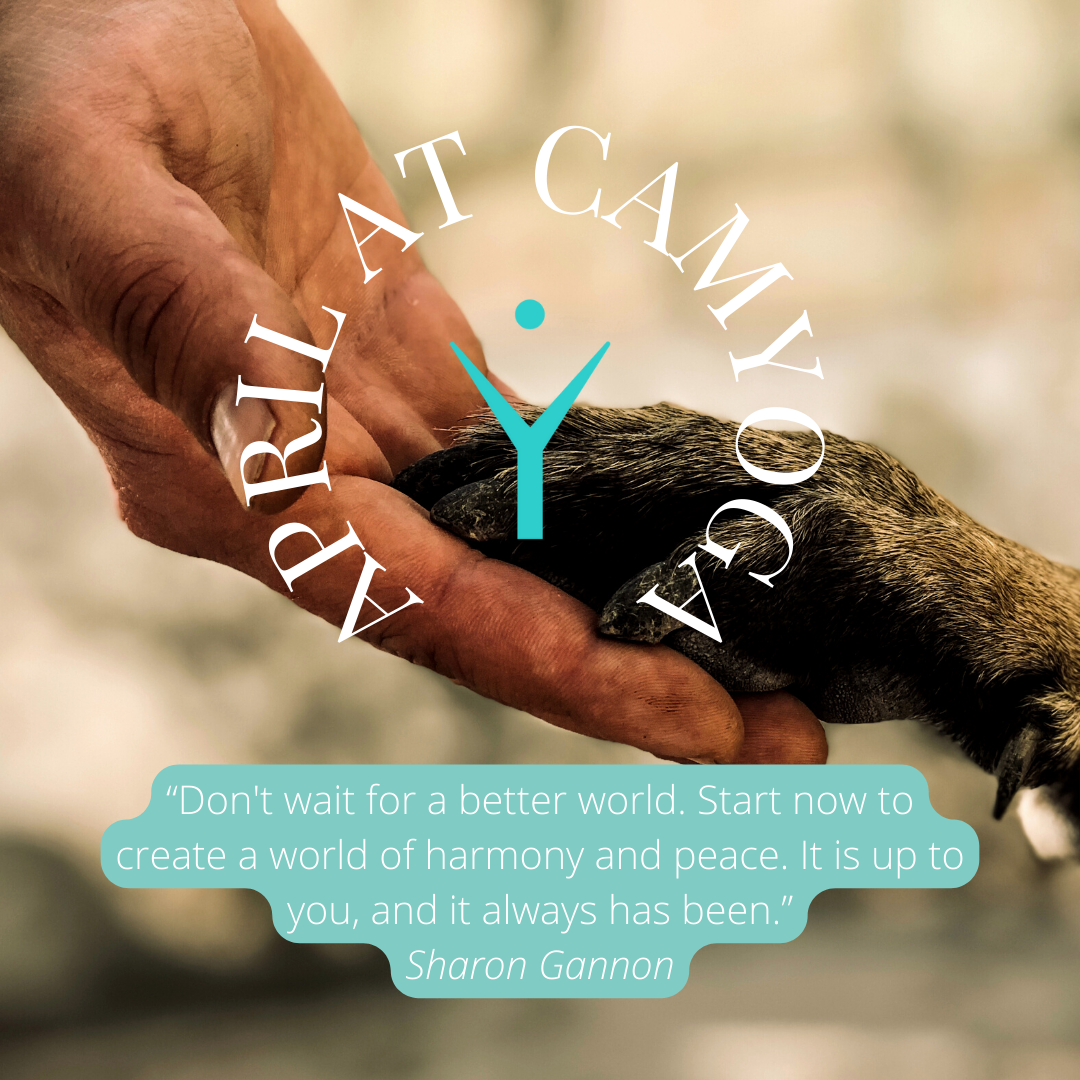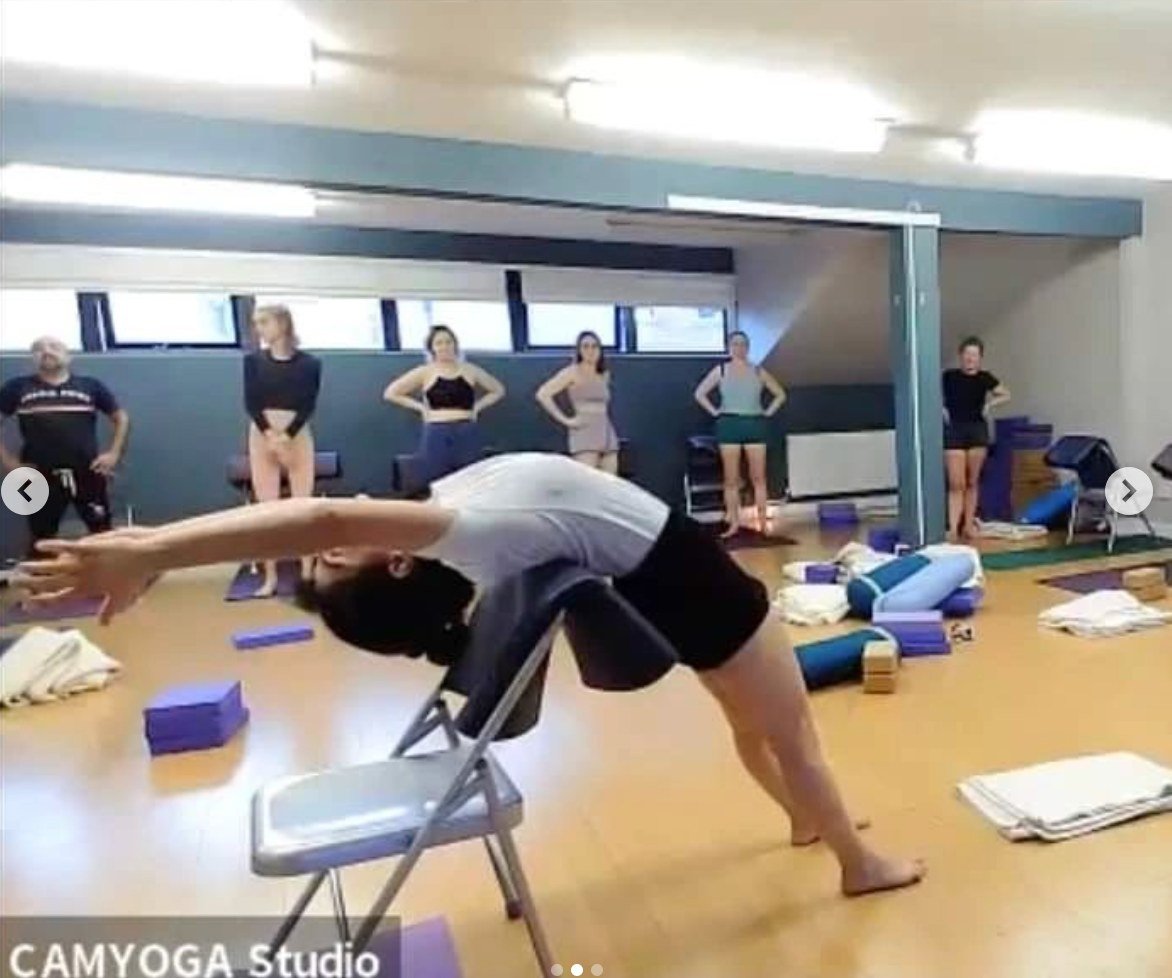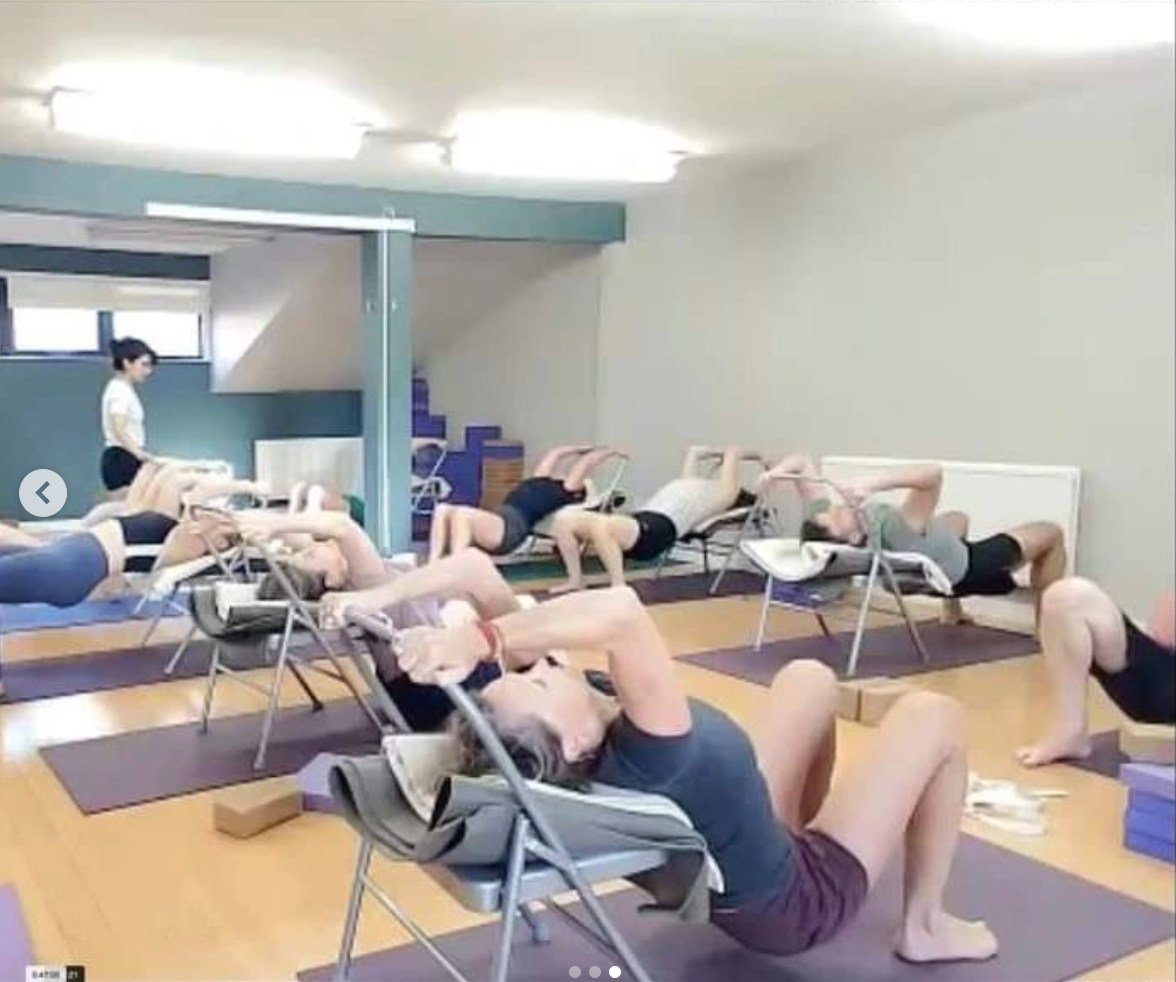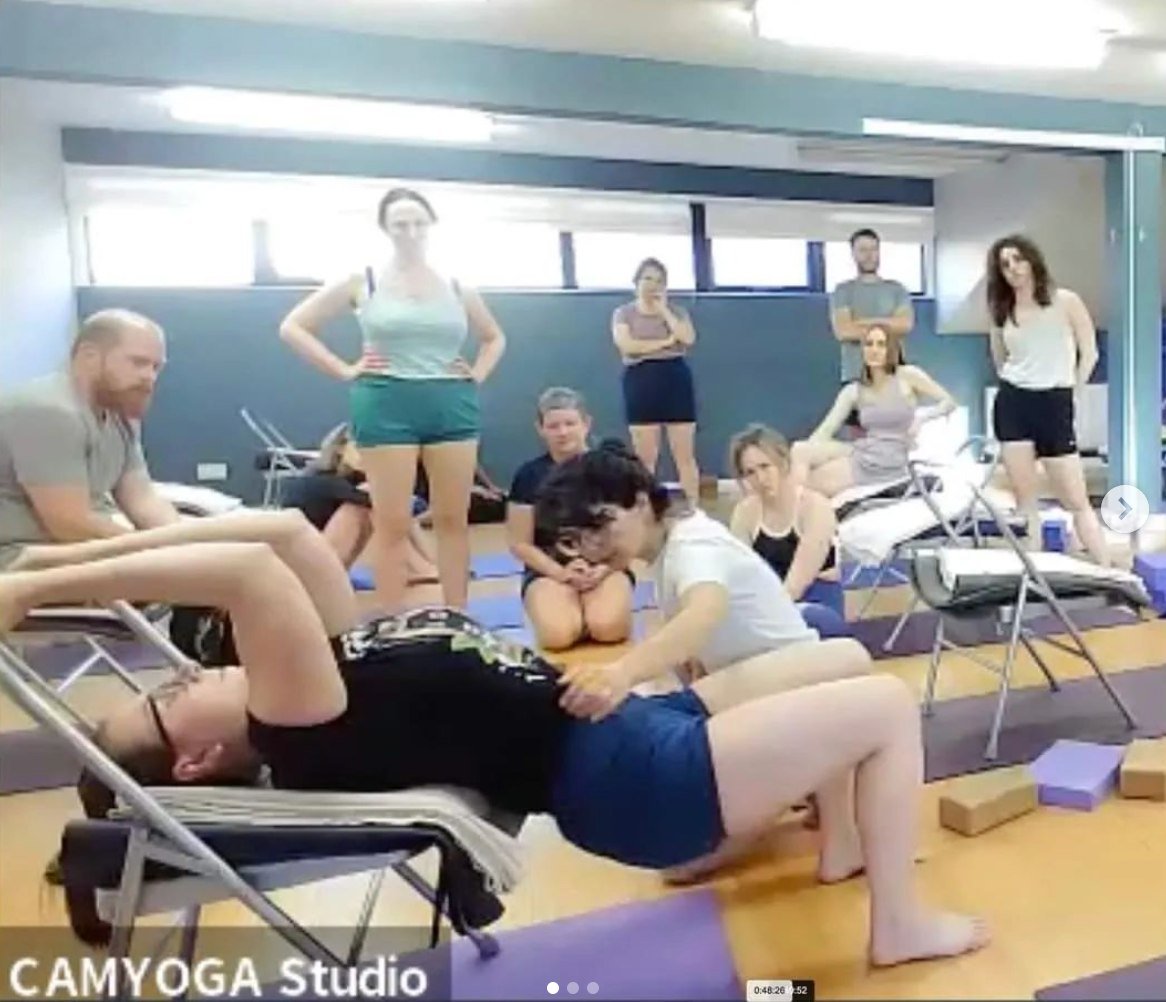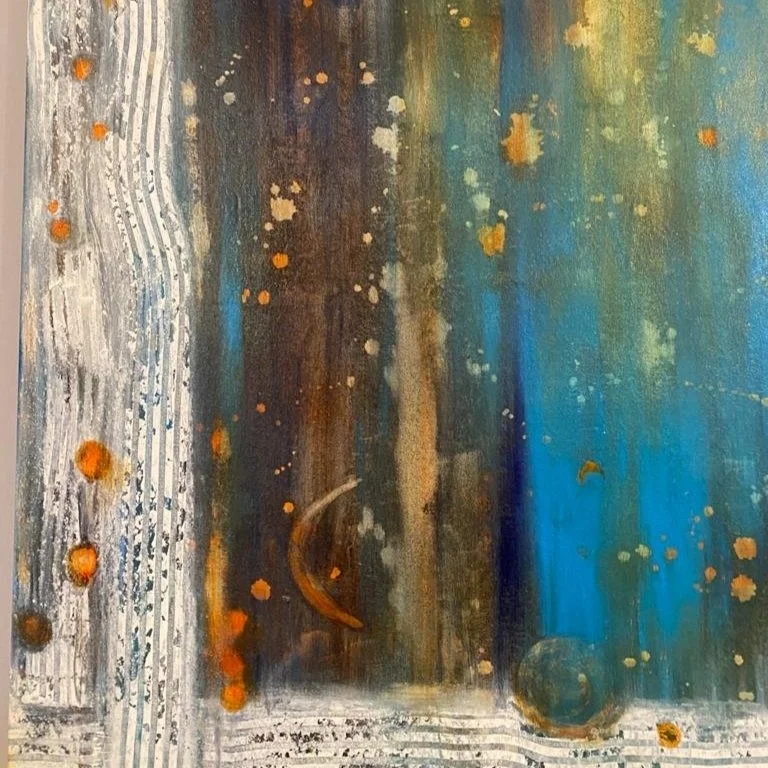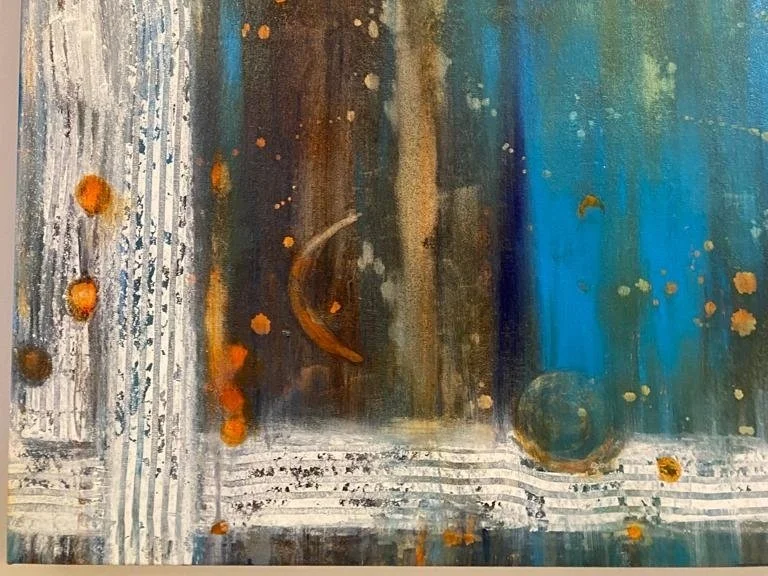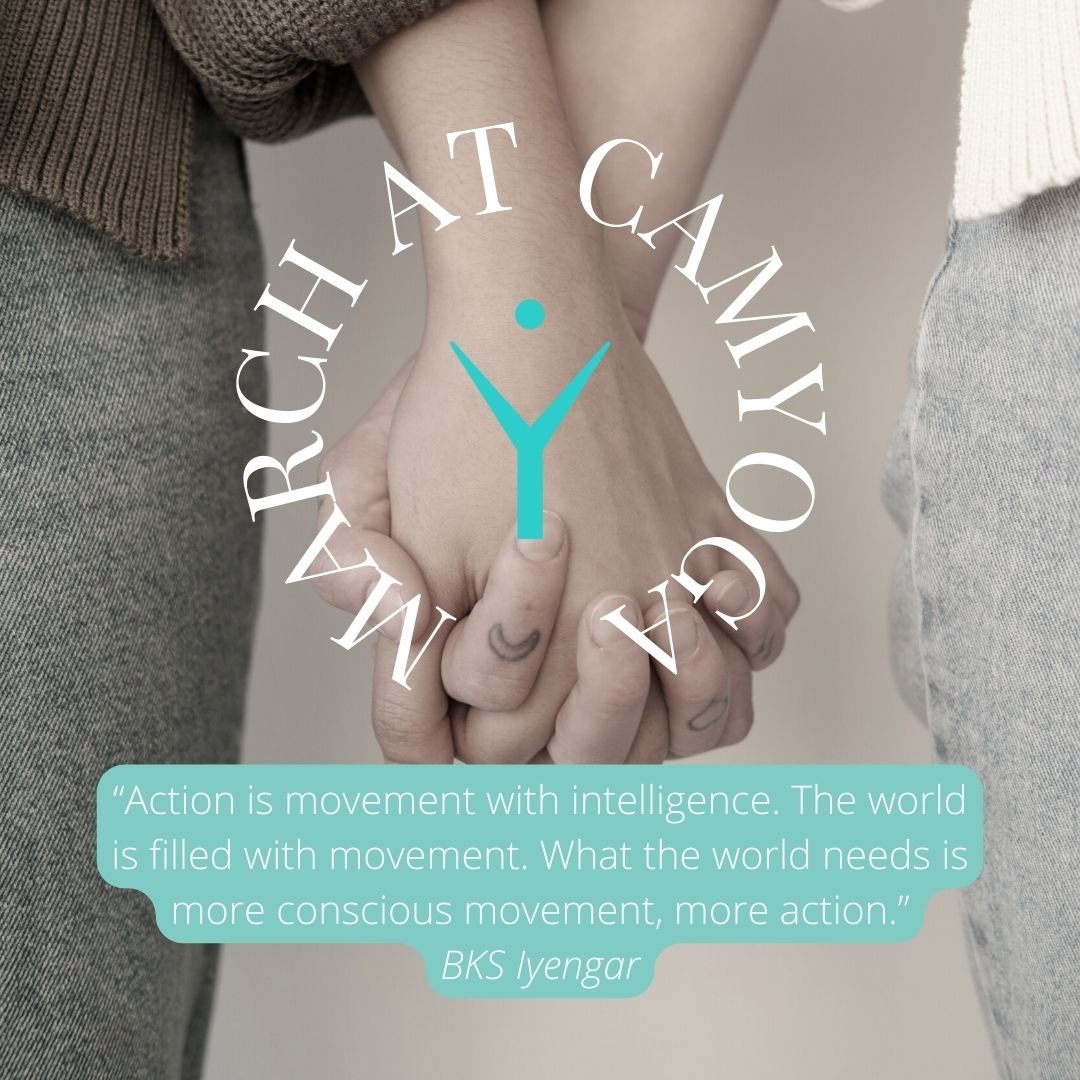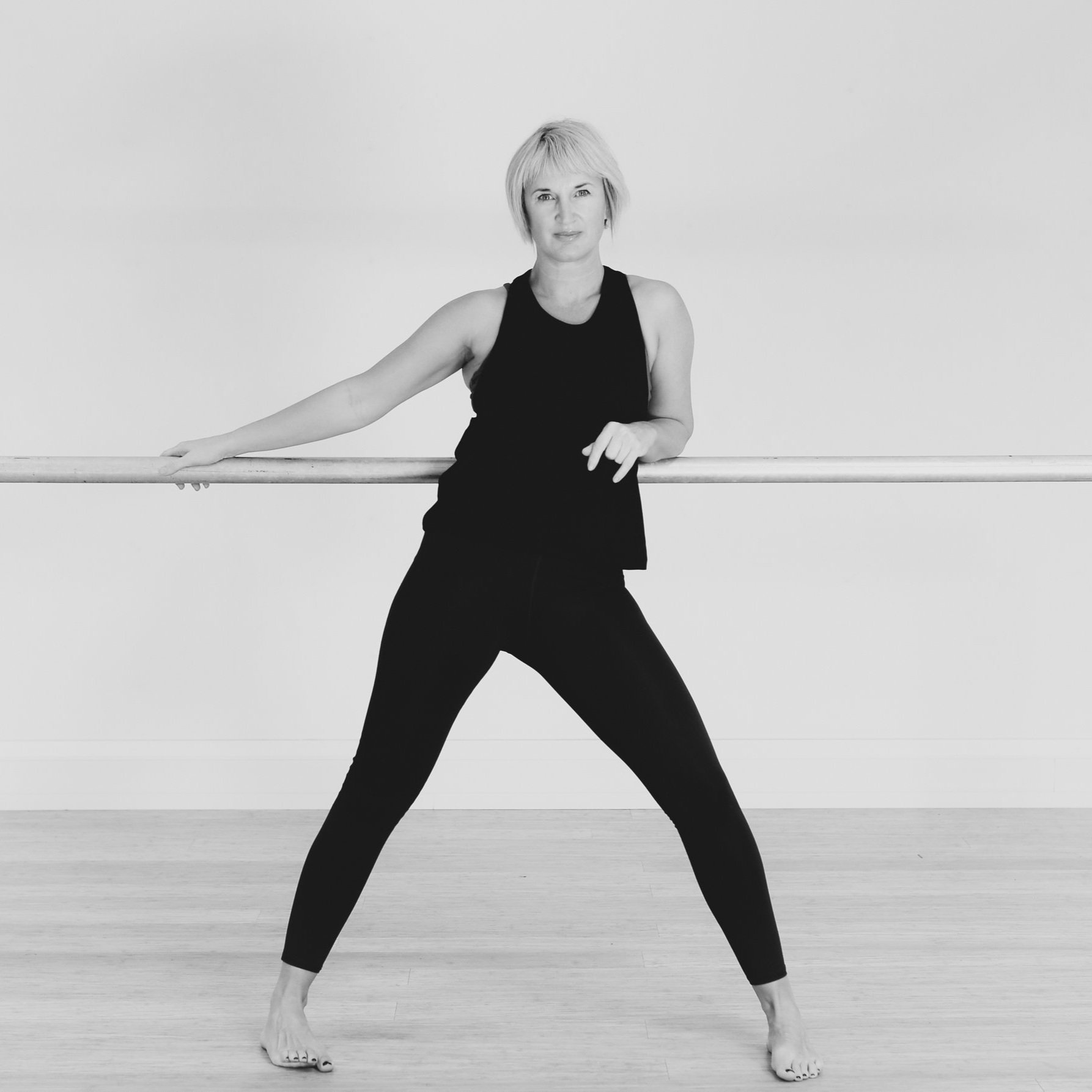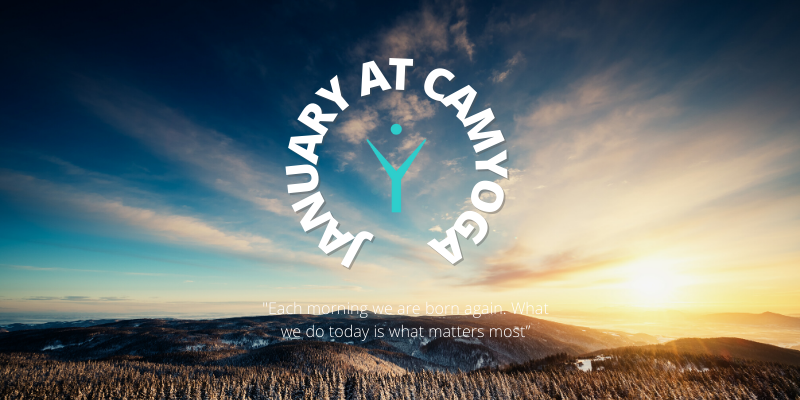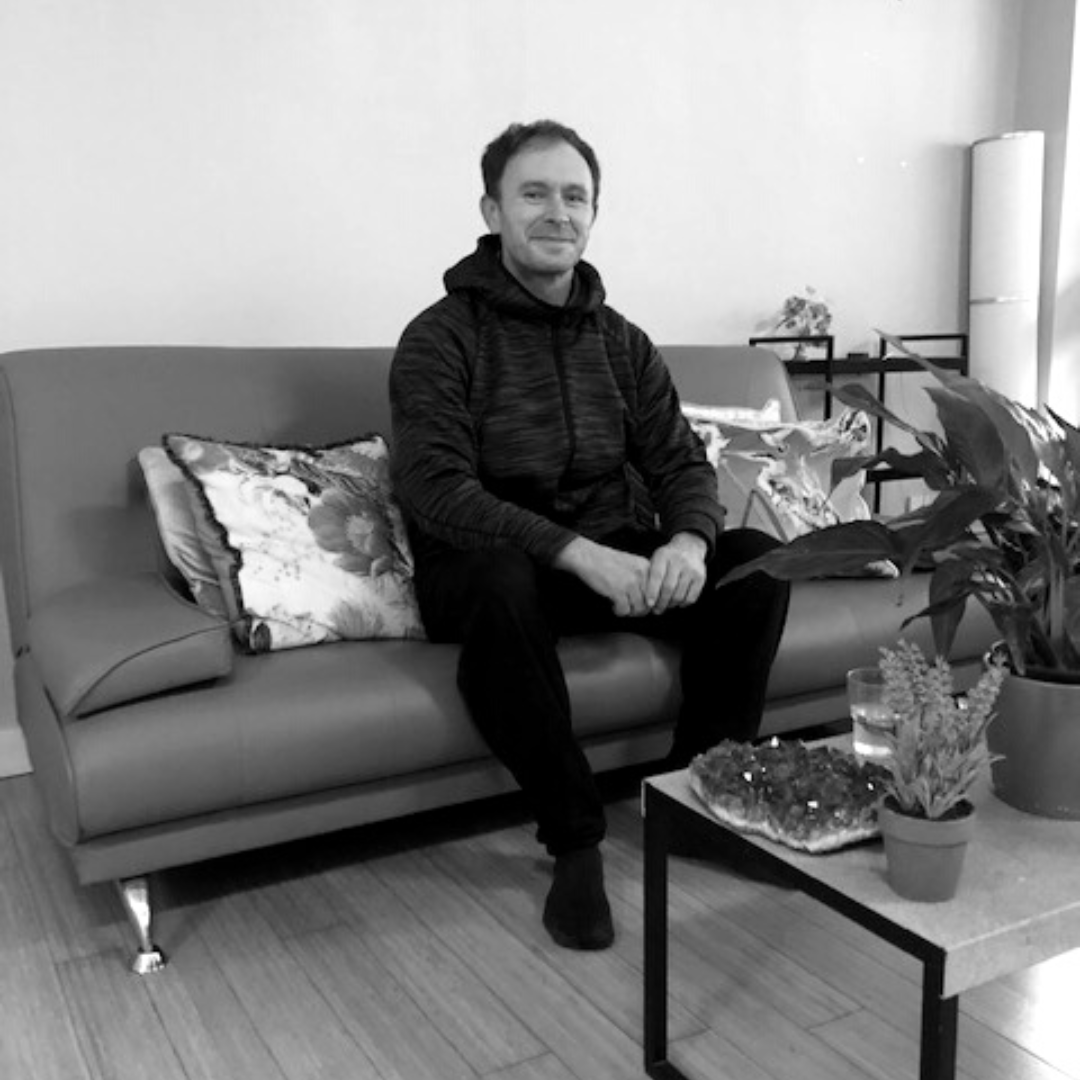At CAMYOGA, we believe in the transformative power of yoga and its positive impact on individuals of all ages. Last week, we had the privilege of connecting with a member of our community who shared a wonderful initiative with us. A local secondary school expressed a keen interest in introducing yoga classes for their students, recognising the numerous physical and mental benefits that yoga offers.
In response to this heartfelt request, we took action. On a sunny Sunday, our team member, Ana, gathered some of our spare yoga mats and props to make this initiative a reality. Ana's warm-hearted gesture not only delivered yoga equipment but also carried the spirit of mindfulness, well-being, and community to the young minds at the local school.
How You Can Contribute to Our Cause:
If you have any used yoga equipment lying around—perhaps a yoga mat that's seen many sessions or props that have supported your practice throughout the years—consider giving them a new purpose. Your pre-loved yoga items, regardless of their condition, can make a significant difference.
By donating your spare yoga equipment to CAMYOGA, you become an integral part of our mission to spread the practice of yoga and mindfulness throughout our community. Your generosity will allow us to facilitate more requests from local schools and organisations, creating opportunities for individuals to experience the many benefits of yoga.
How to Donate:
Gather Your Equipment: Collect any spare yoga mats, props, or accessories that you no longer use.
Contact Us: Reach out to our team at info@camyoga.co.uk to coordinate your donation.
Drop-Off or Pick-Up: We'll work with you to arrange a convenient drop-off or pick-up location and time.
Your contribution, no matter how small, can have a profound impact on the lives of young students and individuals in our community. Together, we can inspire the practice of yoga and mindfulness, fostering a sense of well-being and connection among all.

